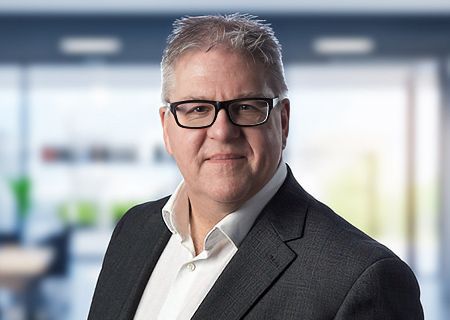Technology
Digital Transformation
Transforming your digital ambitions into a reality
Establish Skills & Frameworks
to
Thrive
in a
Digital-First
Era
Realise the Full Potential
of your Vision
Implement digital transformation in incremental stages that also build resilience
Despite pressure from customer expectations and competition from disruptive start-ups, many companies have struggled to manage successive cycles of digital transformation as they attempt to innovate and scale their architectures and services.
To realise a return on your technology investment, your strategy, budget control, project management and change management must be meticulously planned, have full support and work in tandem with each other.
How we help our clients
Our team of experts has decades of experience providing Digital Transformation services to both private and public companies
Test Strategy & Automation
Enhances your digital transition by implementing a framework for systematic software testing processes and integrating automation tools to increase efficiency and reliability.
Digital Transformation as a Service
A flexible and cost-efficient model that supports incremental phases of digital transformation such as cloud computing, data analytics, and user experience improvements.
Microsoft
Our expertise in implementation, customisation, and managed services ensures optimised deployment of Microsoft 365, Dynamics 365, and Azure, enhancing collaboration, security, and data analytics.
Digital Delivery / DevSecOps
We help you create a culture and environment where building, testing, and releasing new products & services can occur rapidly, frequently, and more securely.
Digital Transformation Implementation
We assess workforce resilience and change readiness, paving the way for incremental project stages. This includes the adoption of digital tools, process re-engineering, and change management.
Requirements Management
We ensure clarity and alignment throughout your digital transformation by effectively capturing and prioritising requirements. This helps to minimise risks, enhance collaboration, and streamline project execution.
UX/CX Design Assurance
We use data and AI to elevate user experiences and customer journeys through rigorous testing and validation. Our unique blend of data-driven insights and creative design ensures that every interaction is intuitive, engaging and positive.
Speak to one of our experts
Additional Services
33%
Adoption of GenAI worldwide by businesses
1300%
The average ROI of enterprises using business data & analytics
90%
Of organisations worldwide have implemented cloud technologies
3.5x
Companies with a culture of innovation are 3.5 times more likely to outperform their peers
"Cambridge MC helped the University of Bristol complete a multi-million modern network design & procurement, ensuring that University of Bristol remains the university of choice for student, academics and partners in a globally competitive market."
—University of Bristol Case Study
Our Digital Transformation service is led by Simon Crimp
Managing Partner - Digital Transformation
Simon is a senior IT Leader with over 25 years of experience leading large technology departments within FinOps, Financial Services, and Digital businesses. Renowned for delivering large scale technology transformation programs, Simon specialises in technology modernisation and infrastructure change, IT transformation, operating model design, and post-acquisition integrations and divestments.
Throughout his career, Simon has built and led teams in Europe, North America, and APAC, to deliver and run critical high availability and low latency technology platforms. Most recently, Simon has defined and delivered strategy across Cloud adoption, modern engineering practices and ways of working, observability, and developer enablement.
Our team can be your team
Our team of experts have multiple decades of experience across many different business environments and across various geographies.
We can build you a specialised team with the skillset and expertise required to meet the demands of your industry.
Our combination of expertise and an intelligent methodology is what realises tangible financial benefits for clients.
Get in touch with our Consultants today
Case Studies
Our team has had the privilege of partnering with a diverse array of clients, from burgeoning startups to FTSE 100
companies. Each case study reflects our commitment to delivering tailored solutions that drive real business results.
CASE STUDIES
A little bit about Cambridge MC
Cambridge Management Consulting is a specialist consultancy drawing on an extensive global network of over 200 senior executives in 22 countries.
Our purpose is to help our clients make a better impact on the world.
ABOUT CAMBRIDGE MC
“90% of CEOs believe the digital economy will impact their industry, but less than 15% are executing on a digital strategy.”
MIT Sloan and Capgemini



















